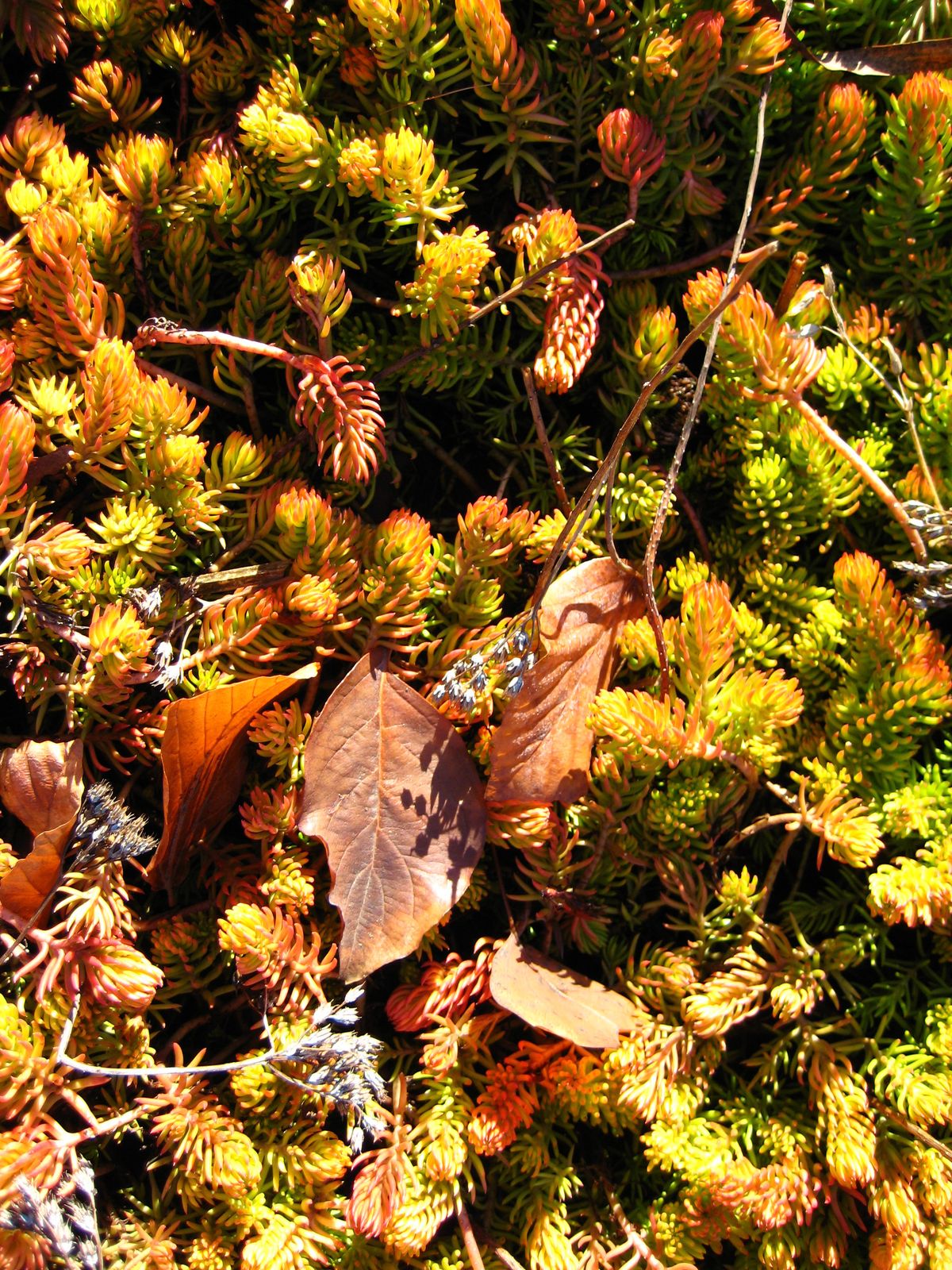Shades Of autumn
Many plants can help landscapes stand out on bright fall days

During the summer, our eyes appreciate the soothing greens in our landscapes: green lawns, green trees and green plants. But in the fall, our eyes skip over the green things and seek out the colorful aspects of the landscape around us instead.
If your landscape looks fabulous during the warmer months but bland when autumn hits, take note of plants growing around town that sport eye-catching fall foliage or other interesting features. Then your wish list will be ready when it’s time to plant next spring.
The following plants are favorites of local experts and sure to add pizzazz to your garden on bright fall days.
Surely the most beloved trees for fall color are the maples. “Maple trees – no matter what their foliage color – are so beautiful in the landscape,” says Master Gardener Geri Odell.
Some of the best maples for this region include Amur, Fernleaf Full Moon, Vine and Japanese maples. These small trees range between 15 and 25 feet in height. Most of them prefer part shade although Amur maples will grow in full sun and are the hardiest of the lot. All thrive in moist, well-drained soil. Three taller maples with showy fall foliage are Norway, Red and Sugar maples, ranging between 40 and 60 feet high. Norway and Red maples prefer to be grown in a shady location while Sugar maples will grow in full sun to part shade.
Japanese Stewartia is another of Odell’s favorite trees. “It has beautiful bark and the most brilliant red foliage you could ever possibly find,” she says. They grow up to 25 feet tall and prefer full sun or part shade. In addition to the exfoliating bark and colorful leaves, they have two-inch white flowers in mid-summer, making them an ideal accent for the landscape.
Oak trees are also popular this time of year. Some of the best varieties for fall color are Shingle, White, Red and Schumard. Their mature height ranges between 50 and 60 feet and their leaves turn red or reddish-brown in the fall.
A favorite tree of Janis Saiki is the Lavalle Hawthorn. “It looks just like a giant rose bush with its beautiful rose hips and shiny, big leaves,” says Saiki, a Master Gardener, landscape designer and plant manager for The Friends of Manito.
Master Gardener Martha Kenney lists several less common trees that have bright fall colors. “I have two Witch Hazels in my garden and I’ve noticed the leaves turn the same color as the flowers. So the common Witch Hazel’s leaves turn a beautiful butter yellow and the leaves of Diane Witch Hazel turn bright red,” she says.
“Another great tree is Parrotia Persica (Persian Parrotia). Mine is turning all different shades from the top of the tree down. Blue Ash also does this. When it turns color, it develops a three-dimensional quality that is just spectacular,” Kenney adds.
A shrub that is much loved for its dazzling red foliage is the Burning Bush. It has a mounding growth habit, is easy to grow and extremely hardy. But there are many other delightful shrubs that add a lot to any landscape this time of year.
One of Master Gardener Marge McWilliams’ favorite shrubs is the Sargent Viburnum. “I have the cultivar ‘Onondaga’ which has very nice fall color. It has a pretty bloom with small red flowers in the middle and white flowers around the edge.” Other Viburnums that have attractive foliage include Koreanspice, Snowball and American Cranberry bush.
McWilliams also recommends the Oakleaf Hydrangea because “it’s a pretty tough plant with dark, purplish-red fall colors.” It can grow to six feet tall, has oak-shaped leaves that can reach 10 inches in length and has exfoliating bark. In midsummer, the shrub is covered with flower clusters that start out white but change to dark pink.
Many hardy plants provide colorful berries that remain on the branches well into the winter. These include Scarlet Firethorn, Red Chokeberry, American Cranberry bush, Mountain Ash, Cotoneaster and Kinnikinnick. And don’t forget the attractive red hips of rugosa roses like Jens Munk, Kaitlyn Ainsley and Scabrosa.
Seed heads contribute to attractive fall landscapes. Saiki especially likes the blue flowers of Sea Holly. “If you cut them while they’re blooming, they will stay blue forever in a dried arrangement,” she says.
Ornamental grasses like Feather Reed grass, Northern Sea Oats and Palm Sedge provide fall interest when their golden seed heads or plumes are contrasted against a bright blue sky or when they rustle in the wind. Other perennials with attractive flower or seed heads include Sedums like Autumn Joy or Matrona, Goldenrod, Globe Thistle and Oriental poppies.
If colorful perennial groundcovers are what you’re looking for, try Golden Creeping Speedwell, Sedum rupestre Angelina, or Bunchberry. Two vines that have yellow fall foliage are American Bittersweet and Japanese Climbing Hydrangea.
Native plants that add beautiful colors to the landscape include Oceanspray, Mallow Ninebark, Oakleaf Sumac and Smooth Sumac.
This fall, we have been treated to stunning, colorful foliage. “I don’t know why anybody would go back East when they can see the gorgeous fall colors right here in Spokane,” Geri Odell says.
Susan Mulvihill can be reached via e-mail at